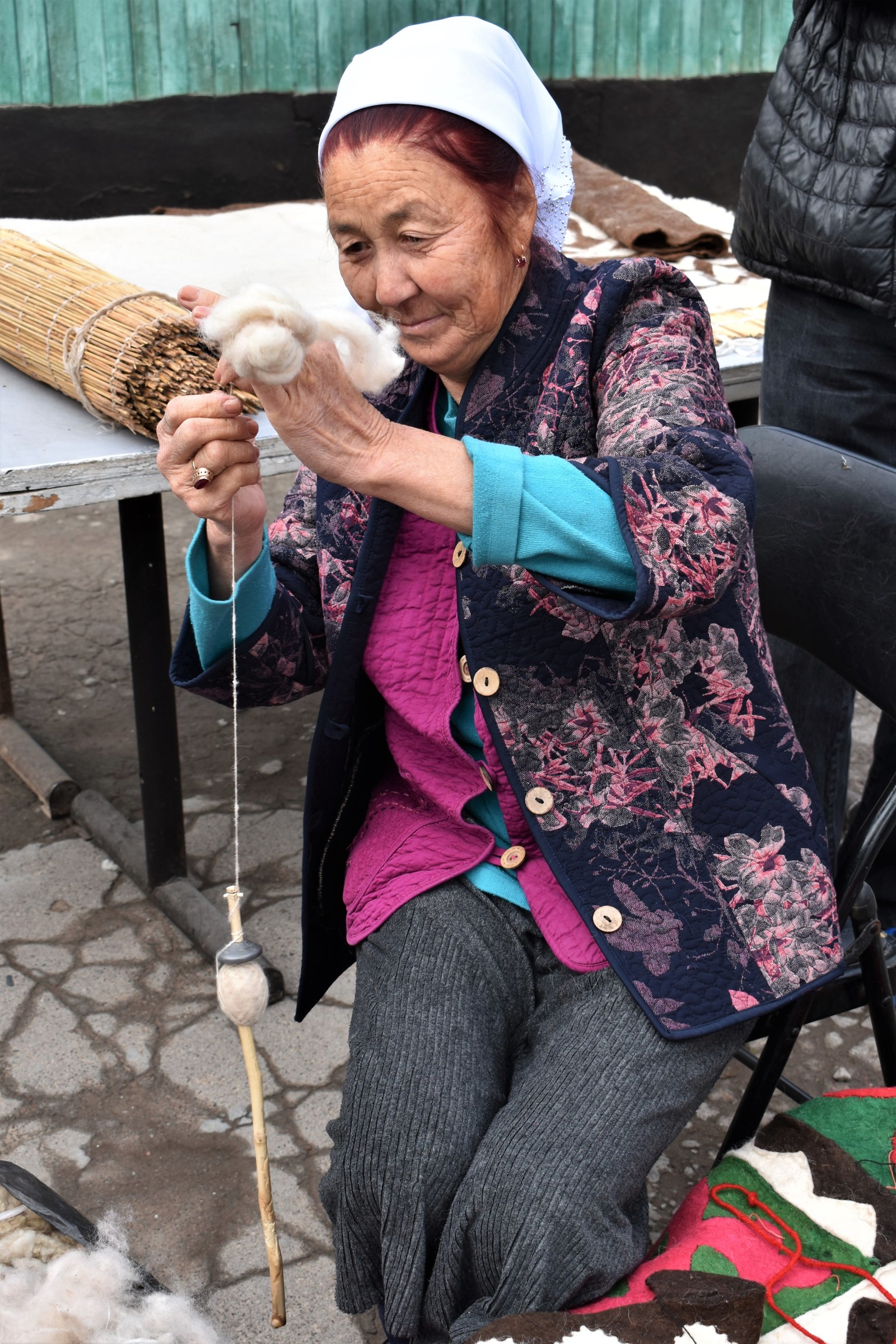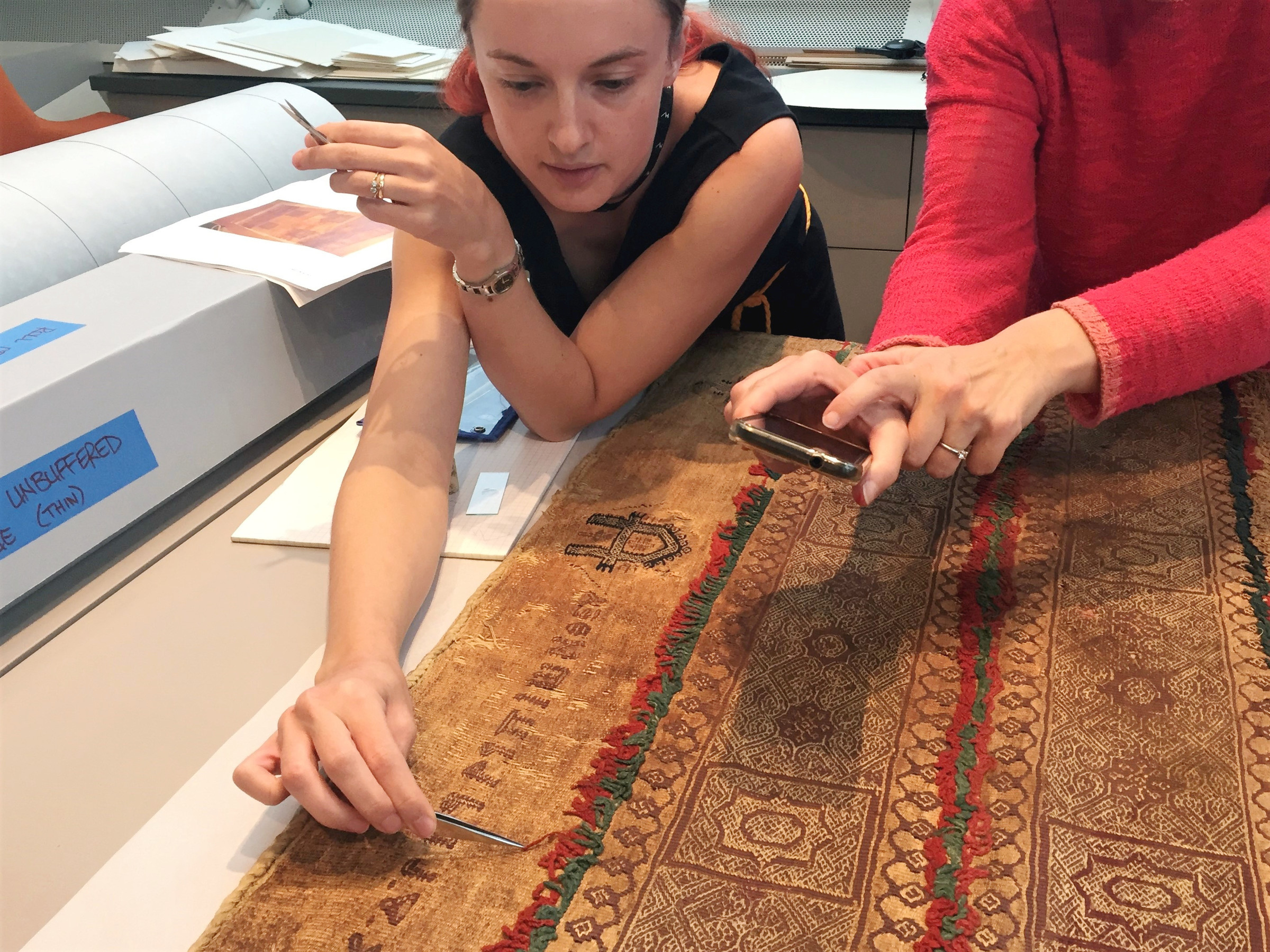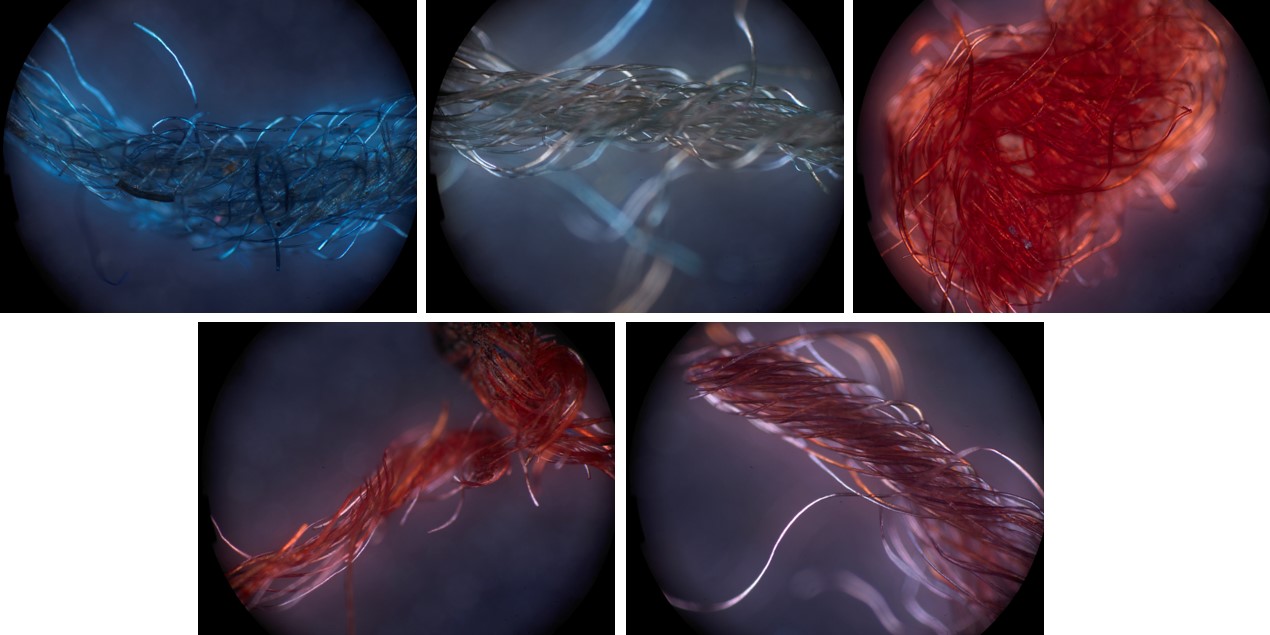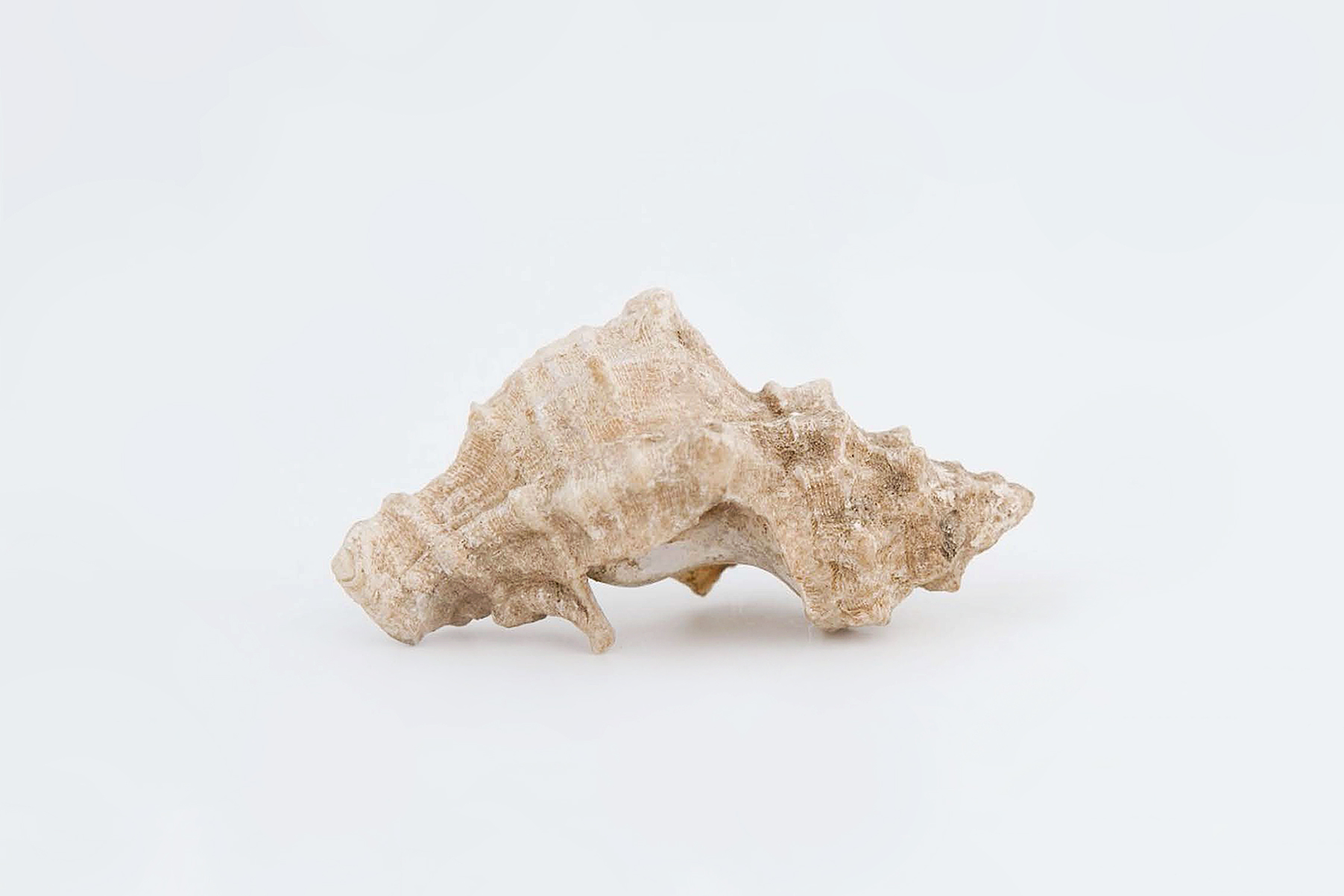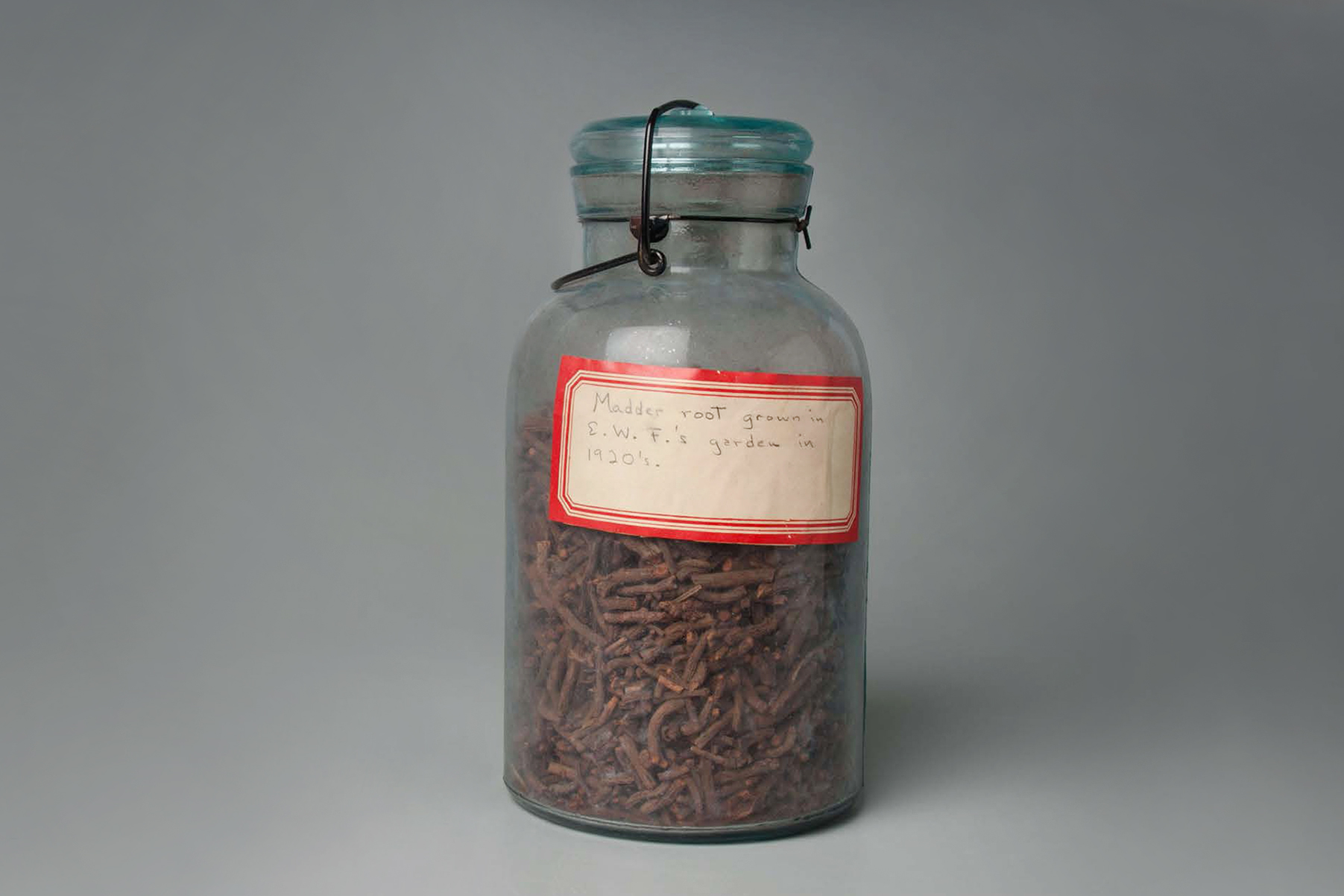Textiles have been an integral part of our lives for millennia and serve as objects of both function and beauty. How would this colorful, textured textile have been made in Egypt 1,500 years ago?
For most of human history, producing textiles was done manually, and often partly at home. Modern industry has largely removed this task from our daily lives, and it is now more common for clothing and domestic textiles to be purchased and replaced rather than made or mended. Even when we do make a garment by hand today, it’s significantly different from historical practice because the necessary supplies—such as thread, needles, buttons, or fabric—would likely be purchased outside the home.
Textiles served important functions in Roman and early Byzantine homes: to soften surfaces, separate rooms, decorate, and create comfort. The object pictured above was made in Roman Egypt and has been dated to the fifth or sixth century CE. It is exceptionally large (about 7 feet by 5 feet) and is noteworthy for being so intact. The thick, textured weave would have made it a pleasing object to have at home. While it ultimately served as a burial shroud, its original purpose is uncertain: it may have been used as a hanging or a covering. Because the presence of pile would have added both padding and insulation, it probably served as a cover for furniture.
The arid climate of Egypt helped preserve countless textiles like this one. Made with organic materials and buried in tombs, they were exposed to little moisture and protected from light. Many textiles come from undocumented excavations, and it was common for the decorative parts to be cut from the relatively plain surrounding fabric and sold as art objects. The cuff band pictured below, for instance, was removed from its garment.


